The Green Green Grass Of Home
From the sands of Iraq to the pastures of Michigan, an Iraq War veteran’s heart for service is now regenerating the soil.
Nick Rodgers stood in his high school history class and watched the coverage of the attacks of Sept. 11, 2001. He remembers his shock and anger watching history unfold in front of him. He remembers in the days following, how, he says, we were great Americans for a while, waving flags and coming together despite differences.
He tried to sign up for the U.S. Army the next day. A few plates and screws in his arm from rodeoing — bull riding and bull fighting — slowed the process. A junior in high school at the time of the attacks, Rodgers dropped out of school to earn his GED certificate, eager to leave Michigan and be part of a mission. He was stationed at Fort Drum, New York, and then deployed to Baghdad in 2005, with orders to monitor checkpoints and patrol the northwest corner of the city.
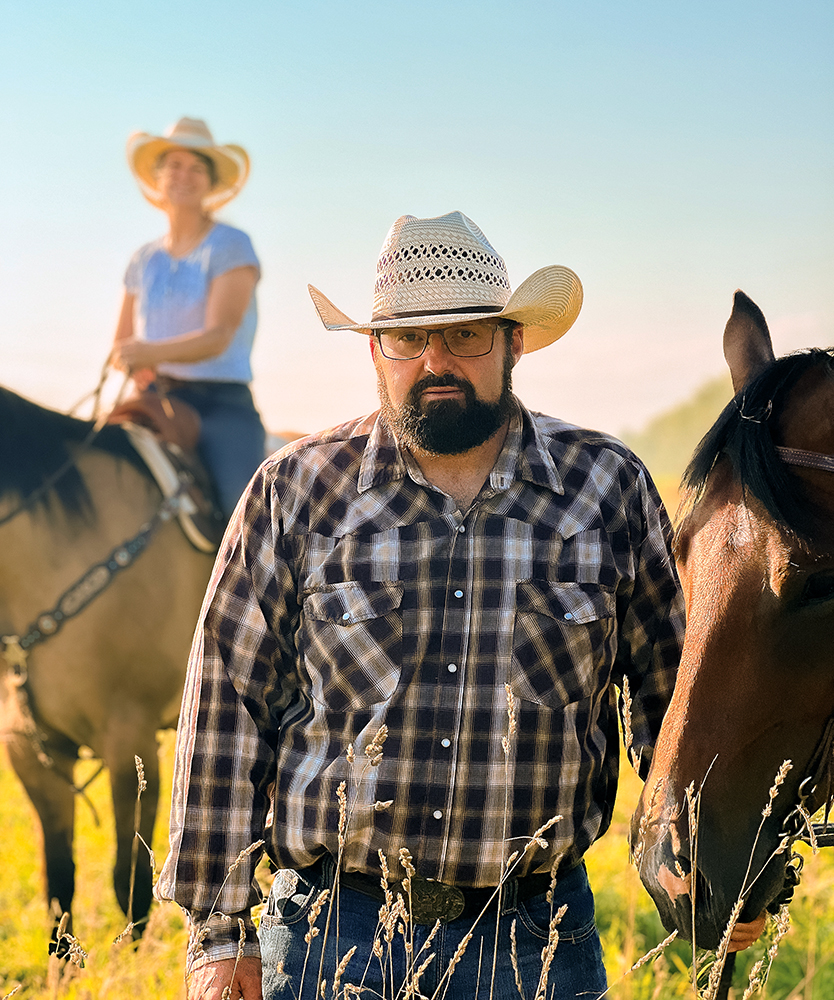
He learned years later that the college located within the perimeter of his patrol was an agricultural college. He recalls seeing irrigation and row crops around the Tigris River and abundant sheep and goat production, with goat and mutton the animal protein of choice in the area.
When he finished his service and left Iraq for the final time, it was summer. He says seeing the green grass from the air was a relief, and it turns out that was the beginning of a regenerative journey that has always led to better grass.
When he met his wife, Annie, she worked in finance and never dreamed of being involved in agriculture. She turned to selling real estate and encouraged Rodgers to take up agriculture.
He is quick to admit he didn’t marry his better half, but rather his better 90%.
When the couple began raising cattle, they had a 3-acre lot with a few dairy-breed cows and a handful of Black Baldies. He would turn them out on pasture during the day and lock them up at night. His goal was a cattle-feeding operation, but the cost of building from the ground up was out of reach.
An answer came in 2019 when he stumbled across the 2016 documentary “One Hundred Thousand Beating Hearts.” Rodgers listened as Will Harris, a Bluffton, Georgia, rancher, described the days when he would calculate how many pounds of beef he could squeeze out of his existing herd and available resources. Rodgers understood exactly what Harris meant.
Harris then says the calculations no longer cross his mind; the thoughts were replaced by wondering how he could improve the grass and cattle in his care.
The proof that Rodgers’ decisions were good ones was in the dry years, when neighbors pared down their cattle numbers by as much as half. They would drive past Red Leg Farms, where waist-deep grass undulated in an ocean of what Rodgers calls “putting-green pastures.”
Lying in bed one Saturday night, the couple watched a video about manure. Rodgers admits this may not have been quite so momentous an occasion for someone less absorbed in soil health and grass-growing. It may not have even been the exact moment he realized he found his purpose again.
But Rodgers says the breath of relief that he breathed in that moment rivaled the one he once exhaled at cruising at 30,000 feet. Annie’s idea – soon joined the couple’s handful of existing cattle, and the operation grew from 3 acres to its current rented and deeded 147 acres, becoming Red Leg Farms near Montrose, Michigan. (The farm’s name is a nod to his time in the Army as an artilleryman, or a Red Leg.) Katahdin hair sheep complemented the cattle’s grazing habits, and the farm has steadily grown through heifer retention, new purchases and the unparalleled support, he says, of his wife.
At first, the sheep grazed on the poor-quality pasture he had. These days, he says, those pastures are nearly too good for sheep.
There is thoughtful design in his livestock pasture movements and intention in his decisions. The purpose in his life that once eluded him now covers him. His neighbors slow and watch as they drive past his ranch; they see Rodgers moving cattle daily, sometimes more often. The daily moves were somehow both similar to and wildly different from his former daily patrols in uniform.
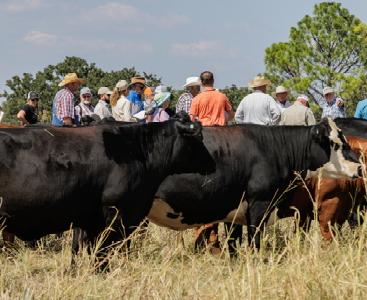
Make a positive impact on your land, your livestock and your livelihood.
Take action now towards a more sustainable and more profitable future.
The proof that Rodgers’ decisions were good ones was in the dry years, when neighbors pared down their cattle numbers by as much as half. They would drive past Red Leg Farms, where waist-deep grass undulated in the ocean of what Rodgers calls “putting-green pastures” around him.
The contrasts across fence lines don’t lie, and neither do the neighbors who have since asked Rodgers for his grazing secrets.
He recently hosted a pasture walk in partnership with local extension agents and the Natural Resources Conservation Service. Nearly 20 farms were represented, with herds ranging from three cows to 300. Beginning farmers showed up and counted on Rodgers to guide and teach them; satisfaction topped off the cup once filled with discontent.
The customers for their grass-fed meat run the gamut, which reflects how consumers respond to Rodgers’ natural approach to production. When he answers his phone or welcomes a visitor to the farm, it could be a beginning farmer or a local dairy farming family wanting grass-fed beef or lamb like they ate growing up. It could be an executive chef interested in serving meat produced on Red Leg Farms, or perhaps a former vegan whose only animal protein is grass-fed lamb Rodgers has raised.
This year, Rodgers drew up a new grazing plan — one which still relies on the regenerative techniques and low-input style he has come to be known for. Then he threw it in the trash. It was replaced not by other techniques, but by a grazing plan he says is working better than the one he penned himself. This plan was written by his youngest son, who at 15 years old is interested in agriculture. The local school doesn’t have an FFA program, but Rodgers continues to learn from podcasts, documentaries and other regenerative farmers, an opportunity his son will have if belly-deep grass continues to call to him. Until then, he’ll continue to teach and follow his own path to better grass.
Hero Photo: Annie and Nick Rodgers look over the grass-fed cattle and sheep they raise using regenerative practices on Red Leg Farms. Photo by Carson Robertson.
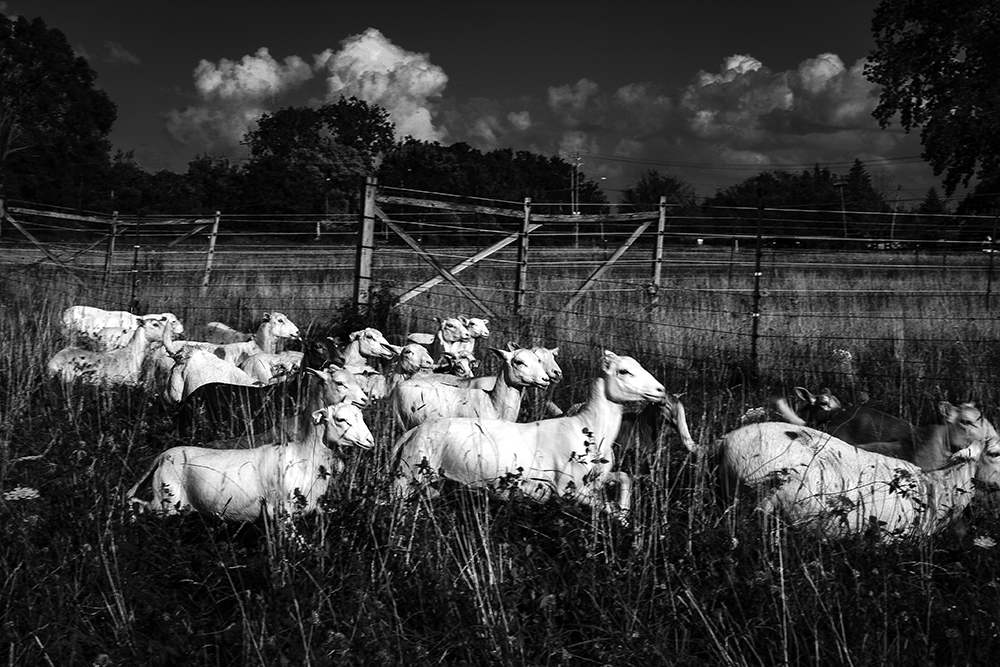
How to find and capitalize on niche markets for your regenerative products
AT ITS MOST BASIC, THERE ARE TWO WAYS TO BE MORE PROFITABLE: cut costs or increase the value of the commodity being sold. If an operation can accomplish both, that’s ideal. In the case of Red Leg Farms, they have found a niche market and have increased the value of their product, grass-fed beef and lamb.
Capitalizing on a niche market is key, and with consumers seeking out farm-to-plate sources for their food, it was a prime time to fill that desire.
Here are a few suggestions:
- Present an organized and clear telling of the story behind the product. Consumers want to know where their food comes from, and also want to know the farmers and ranchers raising it. Sell the story and back it up with facts about the management practices.
- Use social media to reach outside the immediate area if selling online makes sense for your particular operation.
- Farmers markets and similar venues can allow local businesses to showcase their products and themselves, and allow consumers interested in products raised through farming practices they feel good about, to find them.
- Emphasize what makes the product unique. In Rodgers’ case, it is meat from grass-fed Highland cattle and Katahdin sheep. Share what makes the product unique, but avoid disparaging other agricultural products in an effort to showcase your own. Negative marketing is never advised.
- Emphasize that products borne from regenerative practices utilize fewer inputs and in a way that emphasizes soil health, in turn, resulting in a healthy animal. Be willing to share information about the regenerative practices in place.
- Oftentimes, one niche won’t work for every operation. Bradley suggests finding what works for the operation, and then concentrating on that. Rising to the level of regenerative agriculture practice that Rodgers has accomplished doesn’t happen overnight.
- Seek out quality resources to learn more. Just as Rodgers offers educational pasture walks, he depended upon videos, podcasts, classes, and additional research to learn. Giving back to the industry that he has found success and solace in is important as well.
Finally, do not to be afraid to challenge the status quo.
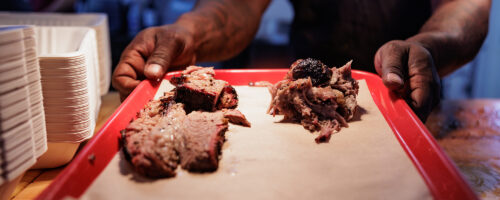
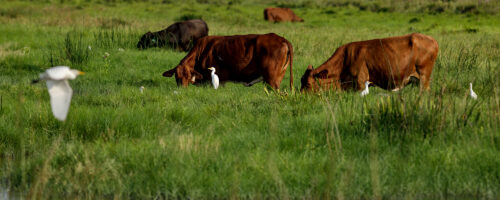
Comment